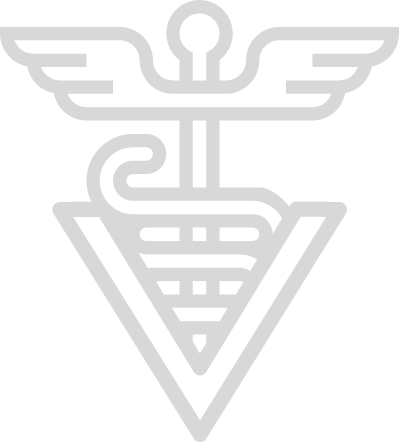
YOU ARE OBSERVING
Wound to Body, Neck or Back
Summary
The majority of these wounds are minor abrasions and heal with minimal care because they occur in heavily muscled areas with good blood supply and good drainage, and do not involve vital structures. Bites and occasionally kicks make up the majority of these wounds.
Horses occasionally sustain injuries to this area when they roll, run into, or fall onto sharp objects. Attacks by predators are VERY rarely seen in certain geographic areas, but almost always involve young or small horses.
Sometimes, skin conditions like bacterial or fungal infections can be confused with traumatic injury. Quarter horses of certain bloodlines may acquire mysterious wounds which actually are a result of the genetic disease HERDA.
The concern with wounds along the top-line is poor drainage, which can result in slow or difficult healing. Very deep wounds may involve bone or other important structures. Veterinary repair of some large body wounds can save months of healing time. Some wounds may result in the formation of abscesses, hematomas or seromas that may need to be treated by a vet.
Keep in mind that wounds over the rib cage and belly can penetrate into the underlying spaces such as the chest (thorax) and abdominal cavity. Wounds penetrating these cavities are life-threatening and must be managed differently.
-
Code Red
Call Your Vet Immediately, Even Outside Business Hours- If there is excessive bleeding.
- If you wish to have the best functional and cosmetic outcome, no matter the cost.
- If the results of the Whole Horse Exam (WHE) in the resting horse indicate fever (Temp>101F/38.3C) or heart rate greater than 48 BPM.
-
Code Orange
Call Your Vet at Their First Available Office Hours- If you have questions about the healing of the wound.
- If the results of the Whole Horse Exam (WHE) suggest the horse is otherwise normal.
-
Code Green
Contact Your Vet to Obtain Useful Advice & Resources- If the results of the Whole Horse Exam (WHE) suggest the horse is otherwise normal.
your role

What To Do
Assess your horse's general health using the Whole Horse Exam (WHE), paying particular attention to attitude and appetite, normal movement, heart rate and rectal temperature.
Assess the wound, it's location and appearance, degree of swelling and pain. Take a photo and send to your vet. It's best to start by contacting your vet to determine whether a wound requires veterinary assessment and repair.
What Not To Do
Do not apply antibiotic ointments or other products to the injury, unless advised to do so by your vet. They may impede healing or may interfere with vet repair of the wound.
Skills you may need
Procedures that you may need to perform on your horse.
your vet's role

In all cases, the vet considers important anatomy that may be involved in the wound and may complicate healing.
- Where is the wound located and what does it look like?
- When did you first notice the wound?
- Can you send a photo?
- How old do you think the wound is?
- Is the horse's attitude normal?
- What are the results of the Whole Horse Exam (WHE)?
- Is the horse a Quarter Horse?
- Does the horse seem to be limping or lame?
- Might a leg have been injured too?
- Does pressing on the area cause pain to the horse?
- What are the Quarter Horse bloodlines?
Diagnostics Your Vet May Perform
Figuring out the cause of the problem. These are tests or procedures used by your vet to determine what’s wrong.
Diagnoses Your Vet May Consider
The cause of the problem. These are conditions or ailments that are the cause of the observations you make.
Treatments Your Vet May Recommend
A way to resolve the condition or diagnosis. Resolving the underlying cause or treating the signs of disease (symptomatic treatment)
further reading & resources
Helpful Terms and Topics
Written, reviewed or shared by experts in equine health
